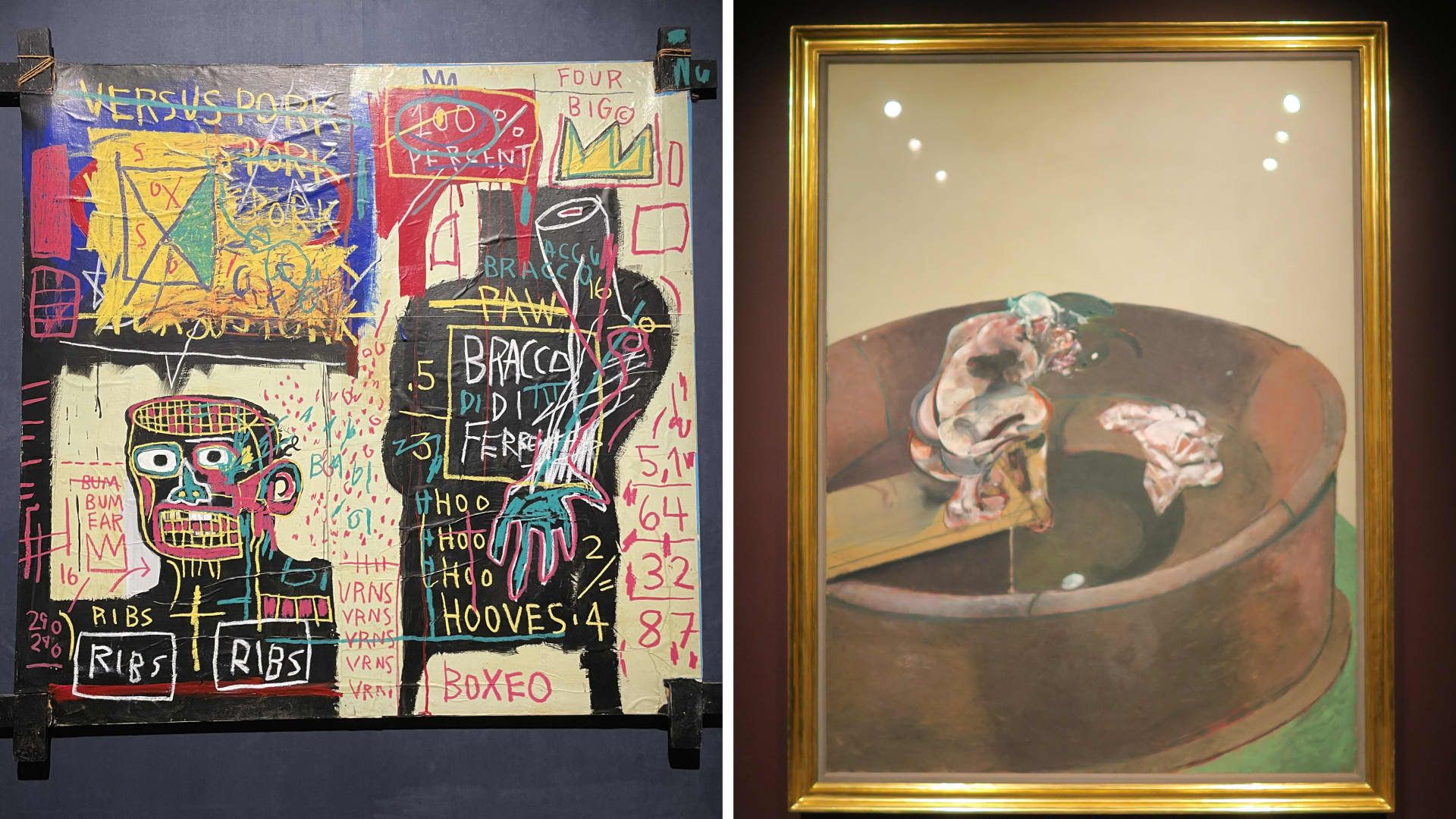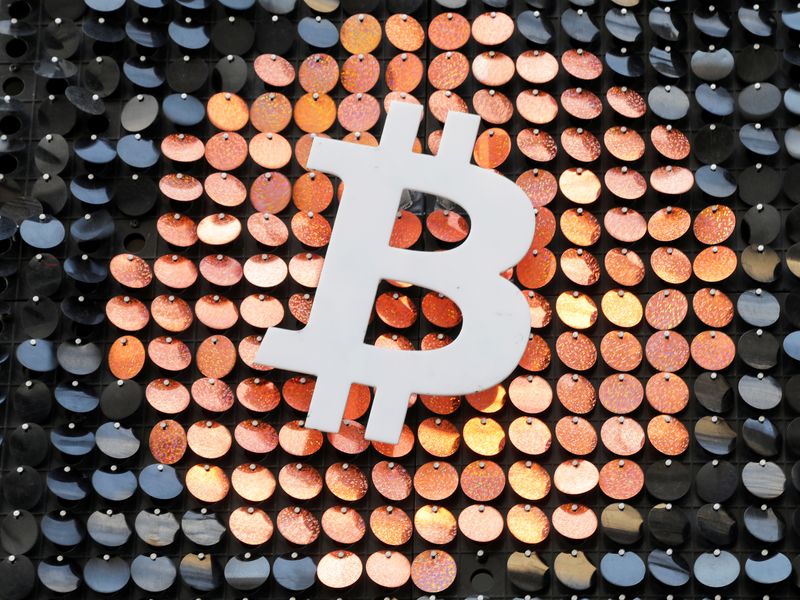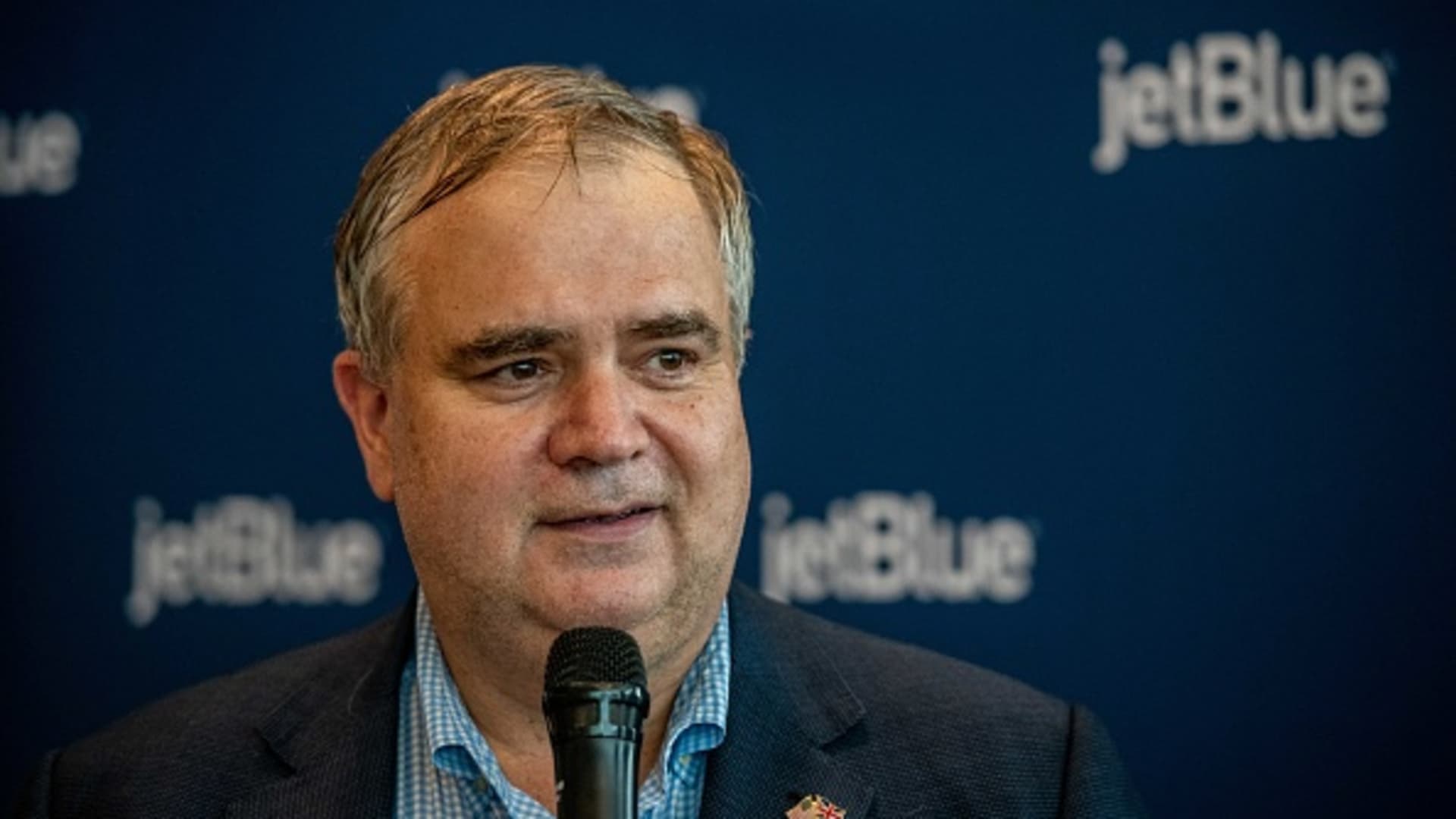A version of this article first appeared in CNBC's Inside Wealth newsletter with Robert Frank, a weekly guide for high-net-worth investors and consumers. Register to receive future issues, directly to your inbox.
May's top art sales at major auction houses are expected to be lower than last year, as wealthy buyers and sellers take a breather from the frenetic prices of 2021 and 2022.
Art auction sales at Christie's, Sotheby's and Phillips over the next two weeks are expected to total $1.2 billion, down 18% from a year ago and nearly half of total May 2022 sales, according to ArtTactic .
A recent art market decline extends from its post-Covid peak, when cheap money, a booming stock market and fiscal stimulus saw record sales. Last year, global fine art auctions fell 27% from 2022 (the first art market contraction since the start of the pandemic in 2020) and the average price fell 32%, marking the biggest drop in seven years, according to ArtTactic.
During the first quarter of this year, sales in the contemporary and post-war category (the biggest moneymaker and the art market's growth engine in recent years) plummeted 48%, according to ArtTactic.
Auction houses say buyer demand remains strong. The problem, they say, is supply, as collectors refrain from selling their trophies to improve the market environment. This spring, there are also no large single-owner collections for sale, such as the Macklowe Collection or the Paul Allen Collections that helped drive sales in previous years.
“We're seeing what people perceive as a smaller offering this season,” said Brooke Lampley, global president and global head of fine arts at Sotheby's. “The proof is in the pudding. It's the buyers who come forward and the selling price of the work that will define our perception of the art market right now. And I hope the results are strong.”
Price pressures
Dealers and art experts say the art auction market is stagnant on price, with sellers unwilling to get a lower price than they could have gotten at the market's peak in 2021-2022. Meanwhile, buyers are demanding discounts due to rising interest rates, an uncertain election year and geopolitical uncertainty.
“Sellers want 20% more and buyers want 20% less,” said Philip Hoffman, CEO of Fine Art Group, an art financing and advisory firm. “There is a deadlock.”
CNBC's Robert Frank before an Andy Warhol and Jean-Michel Basquiat collaboration at Sotheby's.
Crystal Lau | CNBC
Traders say today's buyers don't have the confidence they had two or three years ago: persistent inflation, higher interest rates, fears of a slowing economy, upcoming elections and geopolitical crises are causing many collectors stop their purchases.
“People are feeling hesitant,” said Andrew Fabricant, chief operating officer of Gagosian, the mega gallery and dealership. “It's an election year, there's the situation with the Federal Reserve, are they going to cut or not? The cost of money is relatively high compared to a few years ago.”
Even buyers who have cash and are willing to pay are not buying, because there is a shortage of high-end art at auction, experts say.
“Our clients have a lot of cash,” Hoffman said. “The question they ask is: 'Should we participate in the art market right now?'”
Fewer parts
While spring sales typically feature more than a dozen works for more than $30 million each, this year there are only a handful.
The most expensive works this auction season include Francis Bacon's “Portrait of George Dyer Crouching” from 1966, part of a series of 10 famous and monumental portraits that Bacon made of Dyer between 1966 and 1968. It is sold at Sotheby's for a Estimated between 30 and 50 dollars. million.
(LR) “The Italian version of Popeye has no pork in his diet”, by Jean-Michel Basquiat, 1982, and “Portrait of George Dyer crouching” by Francis Bacon, 1966.
Crystal Lau | CNBC
Sotheby's also has a collection of four paintings by Joan Mitchell, with two of them expected to fetch more than $15 million.
Christie's presents a large work by Brice Marden, who died last year, called “Event”, estimated at between 30 and 50 million dollars. It also has an iconic 1982 work by Jean-Michel Basquiat, called “The Italian Version of Popeye Doesn't Have Pork in His Diet,” estimated at $30 million.
But collectors and art advisors say there are few, if any, masterpieces to generate excitement this season.
“They just don't have the marquis material this season,” Fabricant said. “Unless you have something truly unique and special, I don't think you'll have the same enthusiasm that you had in previous sales.”
At the same time, art experts say now is a good time to look for bargains given the long-term prospects for the art market.
“I think if you can get deals with prices before 2022 and if there is something of good quality, now is the time to buy,” Hoffman said. “My outlook for the art market over the next 10 years is that it will be a fabulous investment. It's a good time to buy, not the best time to sell.”
While sales at auction are weak, sales in private markets and galleries remain strong, advisers say. Sales of new works in galleries are less dependent on investment returns and are therefore less susceptible to economic and stock market volatility. Auction houses are also seeing strong growth in their private sales, where they negotiate directly between buyer and seller without a public auction.
Christie's sold a Mark Rothko painting to hedge fund billionaire Ken Griffin earlier this year for more than $100 million, CNBC previously reported. Collectors say selling a trophy work privately carries less risk of a failed auction, which can hurt a work's value.
“With private markets, you can be very specific in terms of who you're targeting, what type of buyer you're targeting,” said Drew Watston, head of art services at Bank of America. “You can be very specific about what price you're going to ask in the market. There's a lot of discretion, so you can go out in the market and test a price and adjust it depending on the response you get.”
Sign up to receive future editions of CNBC Inner wealth newsletter with Robert Frank.









